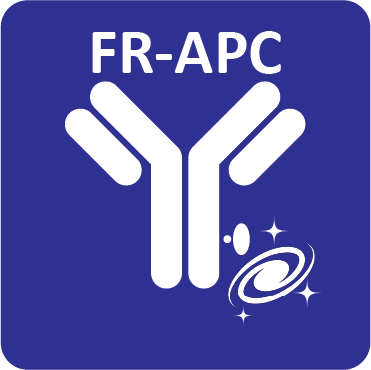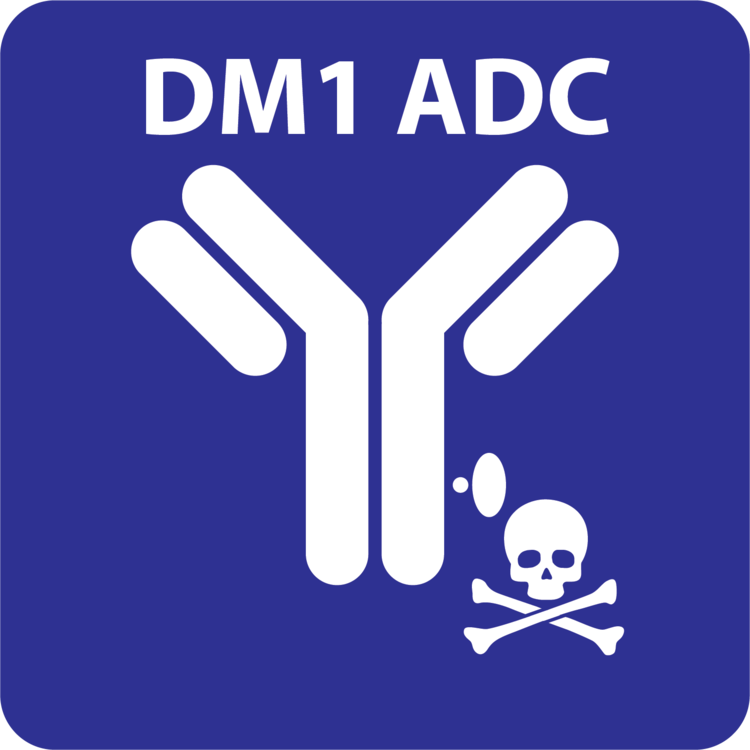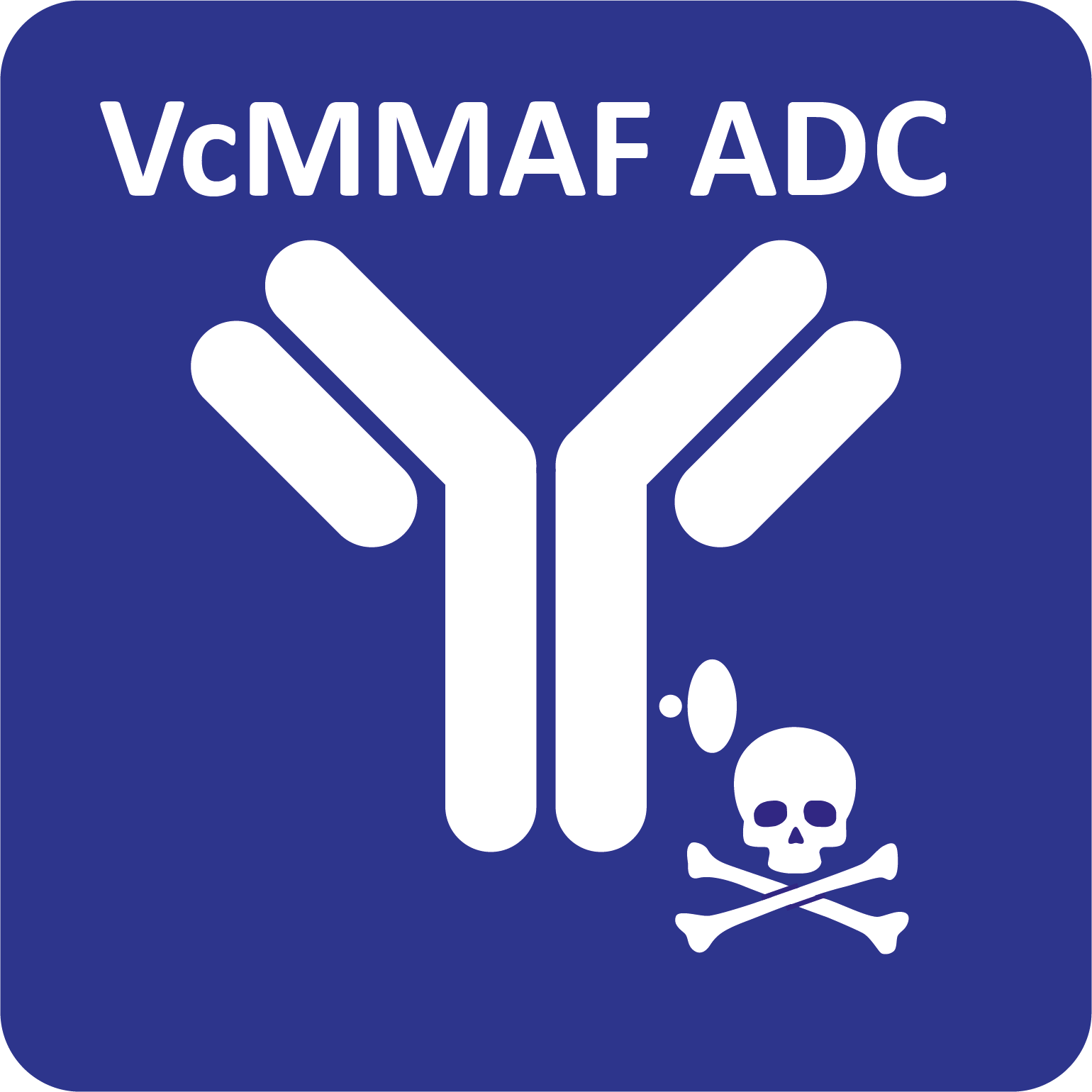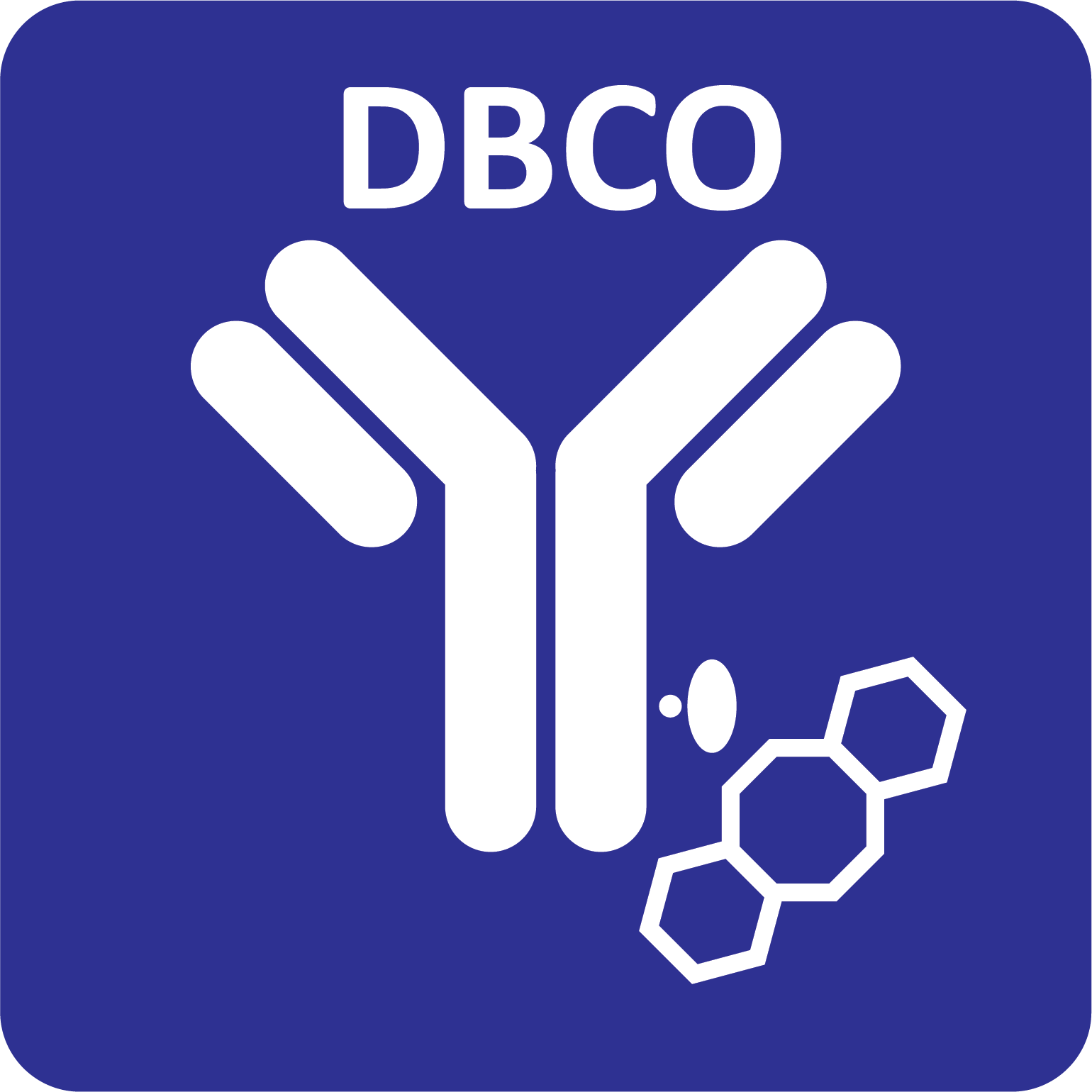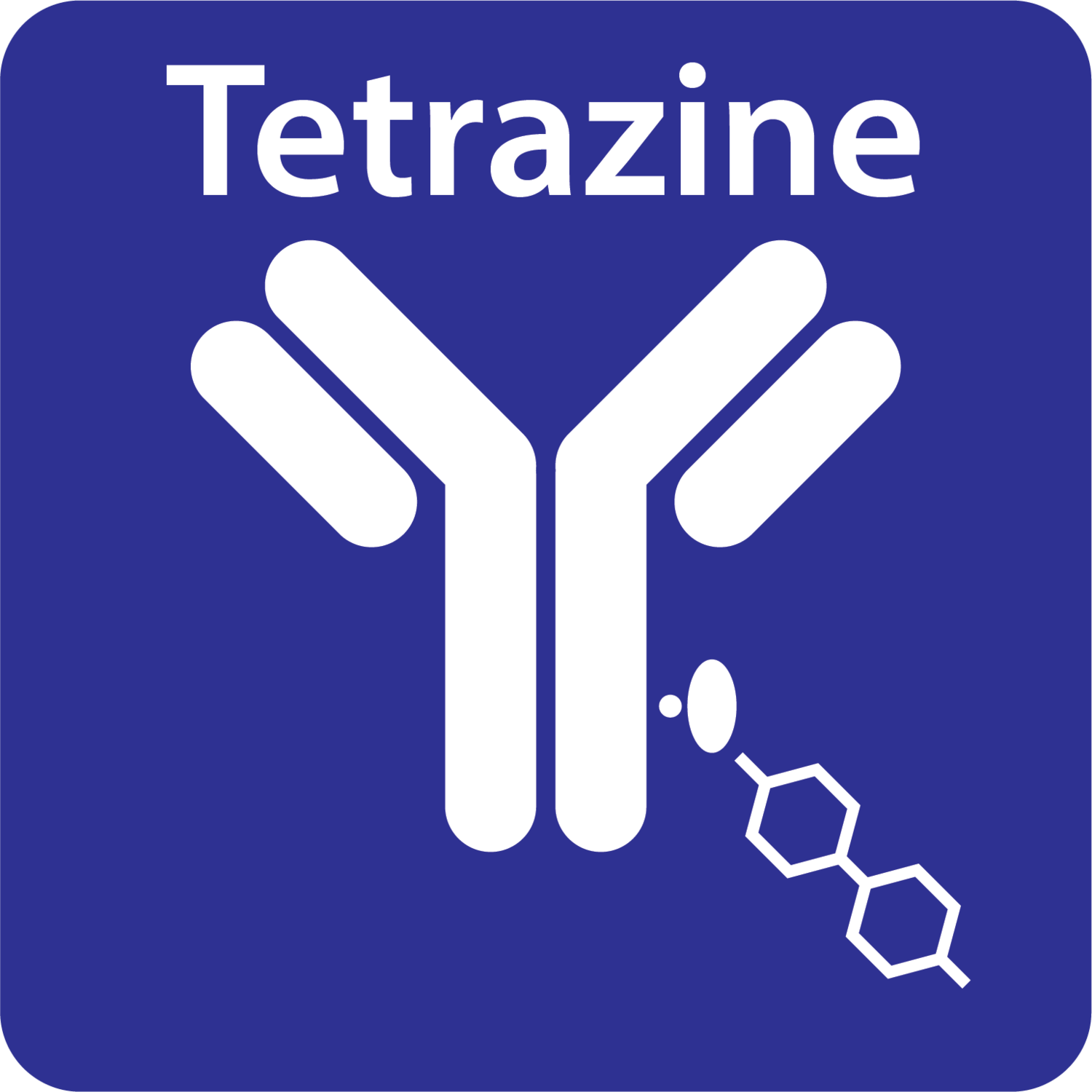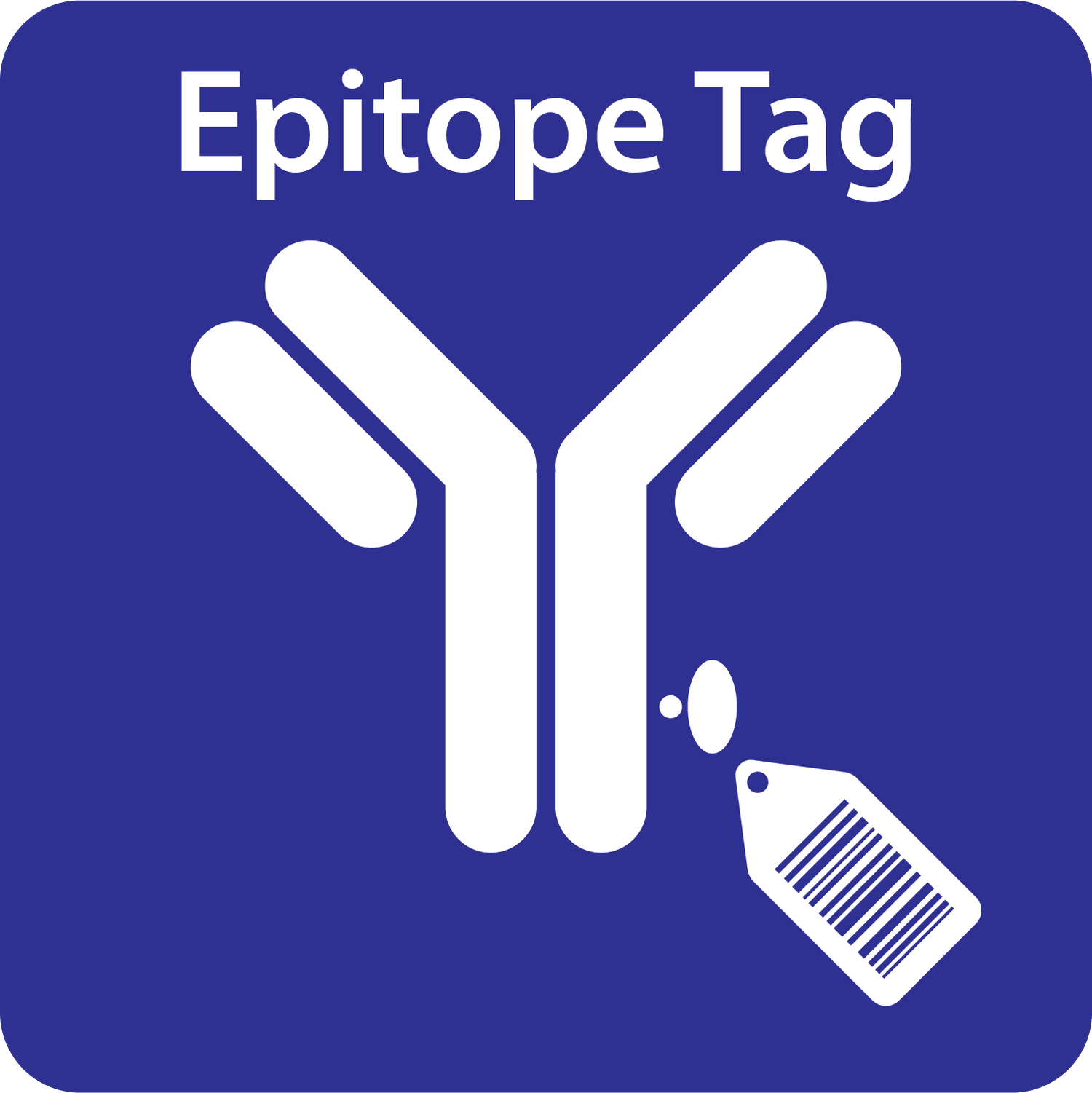Your cart is currently empty!
Immunofluorescence and flow cytometry are well established and robust methods used for the detection of cell biomarkers. The ability to detect multiple biomarkers simultaneously, i.e. multiplexing, provides researchers and clinicians with a better understanding of how multiple proteins work together to drive complex biological processes, therefore ultimately offering unique insight into disease mechanisms. In this blog we review the advantages of multiplex assays compared with single-plex assays, the current barriers to preventing scalability within assay design, and a new and innovative technology that overcomes these challenges to significantly enhance multiplexing capacity.
Multiplex vs Single-plex
There are several practical advantages of multiplexing immunoassays over single-plex approaches, including:
-
Reduced hands-on time – the simultaneous detection of multiple biomarkers on a single cell or within a single well greatly reduces hands-on time compared to running multiple single-plex assays.
-
More reliable data – performing only a single reaction removes any confounding variables associated with single-plex assays such as multiple handling of samples and plates/wells, and data capture at different time points.
-
Cost effective – the required sample volumes are lower since only a single sample is needed. This greater high-throughput potential provides more results per sample and therefore a reduction in cost per sample.
A well-designed multiplex assay can therefore provide many benefits to the researcher and save substantial time and cost whilst also providing a more accurate snapshot of complex biological mechanisms. However, there are still some limitations that can prevent the scalable analysis of a wide number of biomarkers.
Current Barriers to Scalability
When designing a multiplexing assay, scientists can use either direct or indirect detection methods, however both formats come with challenges. Although many commercial assay systems use direct methods, the most common approach to multiplex assay design still involves the use of secondary antibodies, because of the significant increase in signal amplification afforded by indirect detection. In addition, the availability of already conjugated secondaries is often preferred over the complex and time-consuming conjugation methods associated with labeling primary antibodies with large dyes such as PE.
However, there is a major limitation of using indirect detection methods for multiplexing assays; each primary and secondary antibody must be derived from a different host species or subclass to be uniquely identified by the secondary and therefore to avoid lack of specificity and species overlap.
As there are a relatively small number of available antibody subclasses, this can make it challenging to develop a suitable panel of primary and secondary antibodies. Furthermore, this limits the number of biomarkers that can be detected at the same time, therefore greatly limiting overall multiplexing capacity.
Enhancing multiplexing capacity with oYo-Link®
At AlphaThera we have developed an innovative solution to achieving scalable multiplexing.
oYo-Link Epitope Tag enables the site-specific labeling of the heavy chain of compatible antibodies with 3x tandem repeat epitope tags. This results in up to 6x copies per antibody which can be recognized and detected by the corresponding anti-tag secondary antibodies separately, therefore allowing multiple antibodies, even from the same host species, to be uniquely identified and detected.
Without the limitation of antibody subclass on the development of a primary antibody panel, the capacity for detection is significantly increased, allowing for the analysis of a huge number of biomarkers within a singular assay.
How does oYo-Link® work?
Upon exposure to 365nm light, oYo-Link® Epitope Tag covalently binds to the Fc region of the IgG. Because an IgG possess two identical heavy chains, it is labeled with up to two oYo-Link 3x Epitope tags. Therefore, when different antibodies are labeled with different epitope tags, they can be differentially detected by secondary antibodies which are labeled with unique report dyes. This therefore significantly increases multiplexing capacity as the detection depends on the availability of the epitope tag rather than the subclass of the primary antibody.

Figure 1. Multiplexing using oYo-Link® Epitope Tag. Traditional multiplexing assays using secondary antibodies are limited by the number of primary antibody subclasses available, meaning there is a cap on the number of biomarkers that can be detected within one assay. oYo-Link Epitope Tag avoids this issue by site-specifically labeling the primary antibody with two oYo-Link 3x Epitope tags, enabling differential detection with corresponding anti-tag secondary antibodies that are labeled with unique reporter dyes or enzymes.

Figure 2. Schematic representation of photocrosslinking of antibody with 3x Epitope Tags using oYo-Link®.
In addition, labeling with oYo-Link Epitope Tag is quick and easy, with only 30 seconds hands-on time and with conjugates ready within two hours.
Researchers can choose from any of 10 tags including His12, DYKDDDDK, VSV-G, V5 S, S1, NWS, AU1, AU5 and HSV1.
Find out more about oYo-Link Epitope Tag here, or contact our technical support team at support@alphathera.local.

